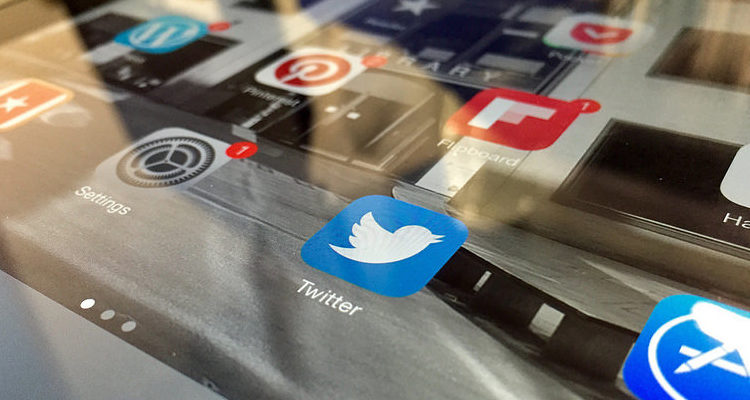
The latest Nielsen “Total Audience Report” for 2018 is out, and the numbers on media consumption are staggering. The average person in the U.S. spends an average of 11 hours a day listening to, watching, reading or interacting with media. Put another way: the average American adult spends nearly half of every single day sitting in front of one screen or another, whether it’s a TV screen, computer screen, mobile phone screen, or tablet screen.
Of course, it’s easy to see why Nielsen is so excited about these numbers – the findings on media consumption are clearly intended to be a clear signal to advertisers to start, well, advertising again. The logic is clear: if the average adult is spending 11 hours in front of a screen consuming content, there has to be a way to advertise to them, right? You just have to know where to look.
Breakdown of media consumption habits
After Nielsen crunched all the numbers on media consumption habits, it broke down to more than 4 hours and 10 minutes per day on live TV, another 36 minutes per day on timeshifted TV, nearly 1 hour and 45 minutes listening to the radio, and another 2 hours and 22 minutes interacting with apps and browsing the web on smartphones. Oh – and another 47 minutes per day on a tablet, 39 minutes a day browsing the Internet on a computer, 26 minutes using Internet-connected devices like Apple TV and Google Chromecast and, for good measure, another 14 minutes per day using game consoles and 6 minutes per day watching DVDs.
Your first reaction after reading all those numbers has to be: OMG, what have we become as a nation if we are literally spending more than half of all our waking hours sitting in front of a screen? If you take the 11 hours of daily media consumption and add in 8 hours for a regular 9-to-5 job, that leaves you 5 hours to sleep and take care of everything else in your life (including feeding the dog and taking care of your kids). And, as Nielsen cheerfully notes, the media consumption habits of adults 65+ spike to 13 hours a day, with even heavier live TV and radio consumption.
So where are the biggest marketing opportunities?
If you take a step back and view all this data from the unbiased, dispassionate view of a marketer, it’s obvious where the two biggest opportunities are: video and social media. As Nielsen points out in its audience report, the bulk of the 11 hours of media consumption is video, in one form or another, whether it’s on a TV screen or a smartphone screen. TV viewing habits of older Americans have remained fairly consistent, especially in the over 65 category, where the average person watches upwards of 5 hours of live TV per day. (Imagine sitting in front of a TV from 7pm to midnight every night!)
Another major opportunity, says Nielsen, is in social media. And, while TV consumption is being driven by the older generation, social media consumption is being driven by the younger, 18-to-34 demographic. This younger demo spends 43% of its time on digital platforms, and much of that time is spent consuming social media content.
“Consumers can’t get enough of content”
Thus, the message from Nielsen is clear: if you’re an advertiser, it’s safe to spend money on TV and Internet ads again because consumers are absolutely devouring content at a record pace. The big question, though, is whether the younger generation really wants to hear that message. While older Americans may be resigned to living in a world where ads permeate every square inch of available screen space, younger Americans have already shown a propensity to seek out exactly those digital platforms where they have the greatest ability to avoid ads. These younger millennials know that the most glorious moment of any YouTube video is exactly the moment when you get to click on the magic box that says “Skip Ad” in the pre-roll.
Read More: 3 Signs its time for a digital detox